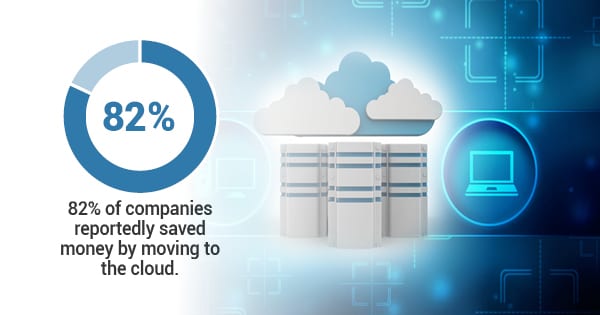
As technology continues to innovate our lives (and as our dependency on it increases), data centers have risen in popularity. With the capability to store a wide variety of information on server racks and electronics racks, data centers are incredibly useful to tech startups — around 82% of companies save money by moving to the cloud to store their information, regardless of the form or type. Burgeoning companies with a need for storage will scramble to secure space in the nearby data centers. This move inherently boosts the local and state economies as the startup gains success and profitability.
As beneficial as data centers are, they’re exorbitantly expensive: from building costs to equipment expenses, the price of construction and operation can easily run into the tens of millions of dollars. On top of that, they need to be cooled; technology that is always running, always processing, can overheat without too much difficulty, so controlled measures — such as hot aisle containment and cold aisle containment — are taken to ensure that doesn’t happen.
In its simplest form, cold and hot aisle containment configurations conserves energy and lowers cooling costs by managing air flow. However, someone needs to be in charge of that process; with the rise of machine learning being implemented in data centers, that human component is removed, and, unsurprisingly, efficiency is boosted.
“Moving forward, relying on human decisions and intuition is not going to approach the level of accuracy and efficiency that’s needed,” said Jennifer Cooke, research director of IDC’s Cloud to Edge Datacenter Trends service. “The whole shift toward data-driven decisions and leveraging all that data to improve outcomes is the only sustainable way to meet the needs for IT services at scale.”
Consider Google’s use of DeepMind, an artificial intelligence, to control its cooling systems. Already, the fully automated version is saving around 30% on the system’s total energy use, and the company expects it could easily achieve 40%. Reduced cooling costs mean reduced operating costs. As machine learning continues to advance and expand, it may be possible to eliminate human error altogether — but we’re not quite there yet.
